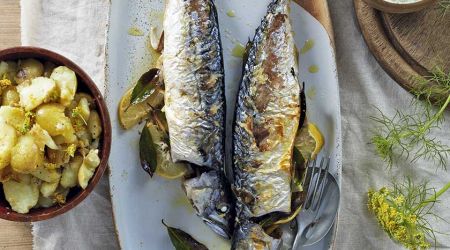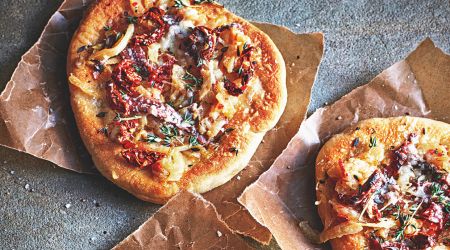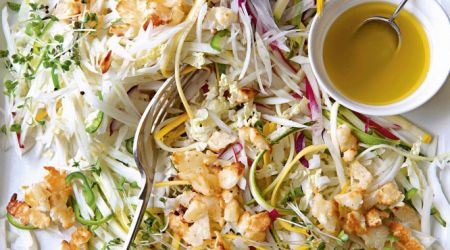Fennel
With its aniseed-flavoured bulbs and aromatic seeds this delightfully versatile plant is a Mediterranean favourite, says Clarissa Hyman
Fennel is a two for the price of one plant. Make that three. No, four. Its bulbs make a crisp and cleanly refreshing raw crudité; mellow and rich with a soft, caramel texture when cooked; frothy fronds of sharp green herbs; and seeds that impart a subtle but singular aroma to both sweet and savoury dishes. The common denominator is the liquorice-aniseed taste, varying in strength but always present since fennel was first grown in the gardens of early Assyria and Babylon, and later became one of the most popular herbs in the ancient world.
Fennel was favoured by the gourmet banqueters and nouveau riche of Greece and Rome: tender new stalks were considered a must-have delicacy, often preserved in vinegar with olives. Figs were puréed and mixed with fennel seeds, sesame seed paste, anise and cumin and wrapped in fig leaves.
There are three sorts of fennel: Florence fennel has large white bulbs, that are eaten as a vegetable, and luminous green fronds and stalks that give the globes the look of miniature sputniks when trimmed. The bulb is actually formed from the fleshy, swollen base of the stem, and seems to have been developed and bred from the wild plant in Italy during the 17th century.
Sweet herb fennel is cultivated for its seeds and wispy leaves, while handsome bronze fennel is also much admired as an ornamental kitchen garden plant. The seeds are thought to aid digestion, and many Indians chew them as a breath freshener at the end of a highly spiced meal. Wild or bitter fennel is now grown mostly in Central and Eastern Europe for its seeds, which have little or no taste of anise, and are more like celery seeds.
Romesco is a late season variety of bulb fennel that comes to market before the first winter frosts. It is popular with UK gardeners because it forms huge bulbs before it flowers and is slow to bolt. As the year goes on, home-grown supplies are replaced by fennel imported from southern Europe, especially Sicily.
Fennel needs to be eaten as fresh as possible, and cut surfaces will brown when exposed to the air. The whole bulb, however, will keep pretty well in the salad drawer of the fridge for several days, especially if you cut off the leaves. If necessary, crisp up slices in a covered bowl of iced water. And don’t throw anything away – all the trimmings can be used to flavour stock or soups.
Large bulbs will probably need to be trimmed of the tough, overlapping outer leaves, and sometimes the core and base. They can then be thinly sliced either across in rings or downwards. Use them raw in mixed salads to add a beguiling crunch or combine with shaved Parmesan and a dash of balsamic. In autumn, in Sicily, raw fennel is often served with sliced oranges and black olives and dressed with new season olive oil.
The fronds from both the bulb and herb plants can be chopped, although the former has a milder flavour. Use them with fish, eggs, poultry, pork and veal – fennel works equally well as a garnish, to stuff whole fish or in pasta. In Sicily, wild fennel leaves appear alongside sardines in the popular dish, pasta con le sarde, and are sold in large bunches in the local food markets. Fish and fennel have long had a natural affinity. The famous fish soups of southern France usually include fennel leaves, together with a splash of pastis to accentuate the aniseed flavour. Fennel helps cut through the oiliness of fish, such as sardines and mackerel.
Cooked fennel also marries well with Mediterranean staples, such as Parmesan, tomatoes, olives and garlic. It can be battered and fried, or chargrilled in long slices, then dressed with olive oil. And it responds beautifully to braising – gentle frying in oil or butter and long, slow cooking brings out and sweetens the aniseed notes of the bulbs. It is often served as a separate vegetable course in Italy, sometimes with a sauce using a good melting cheese such as fontina. The French blanch thick slices, cool them quickly in cold water, then pour over a splash of oil and a generous sprinkling of black pepper.
Fennel seeds are often sprinkled onto breads and rolls before baking. They are used in Tuscany’s famous finocchiona salami and in Provence, the stalks of sweet fennel are burnt under grilled fish to impart a delicious fragrance to the flesh.
Fennel is available throughout the year, but it is in autumn that this versatile plant really comes into its own, bridging the gap between summer salads and crisp corn, squash and wild mushrooms. Like Marmite, its liquorice-aniseed taste is something you either love or hate, but when passion strikes, it becomes a life-long affair.
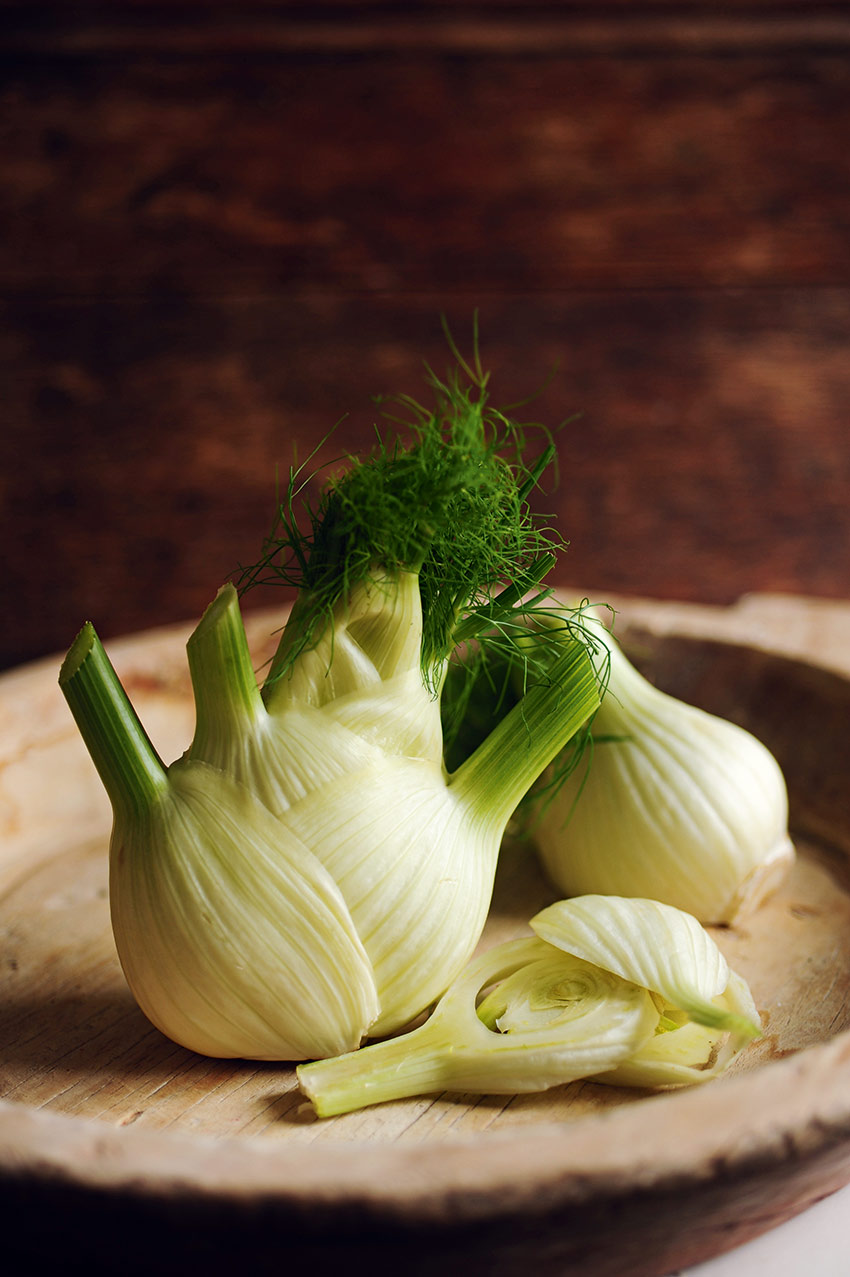
Recipes
Get Premium access to all the latest content online
Subscribe and view full print editions online... Subscribe


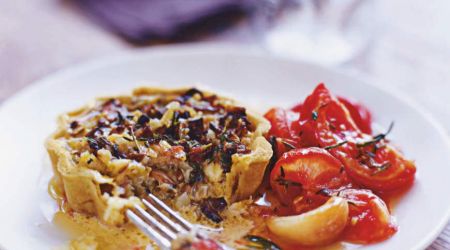

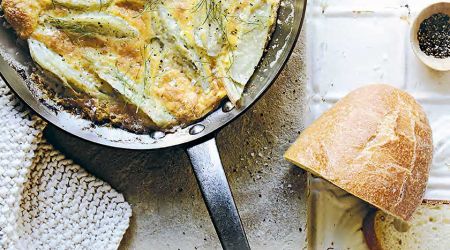
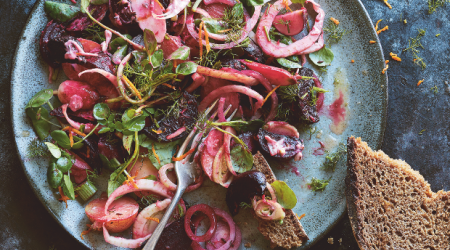
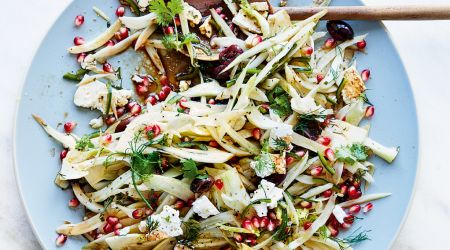
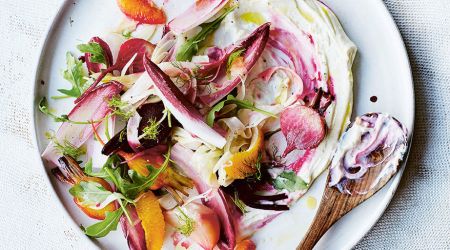

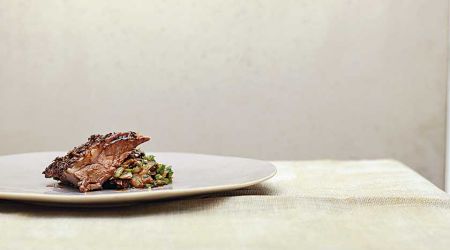
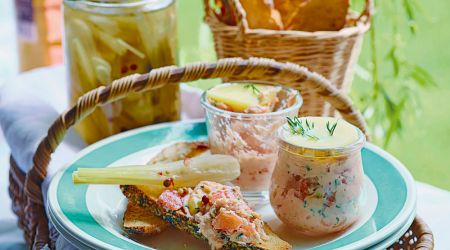
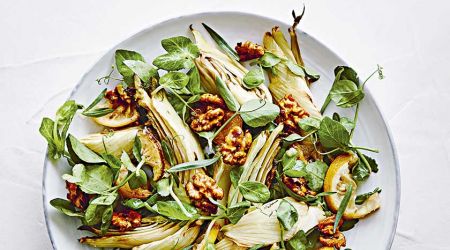

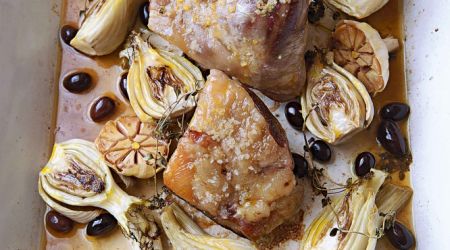
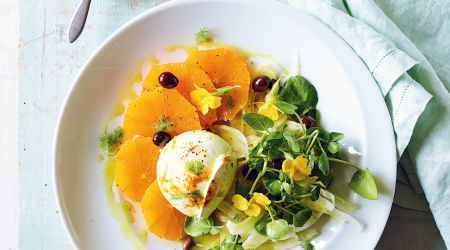



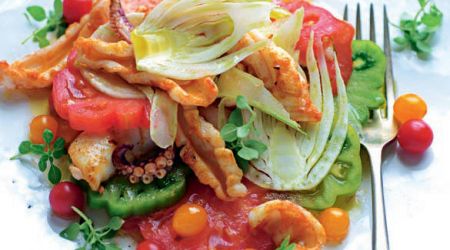

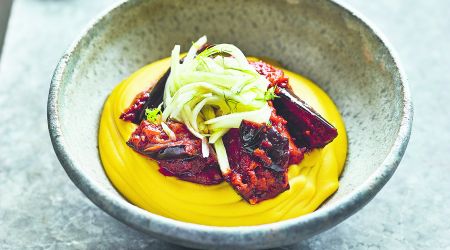
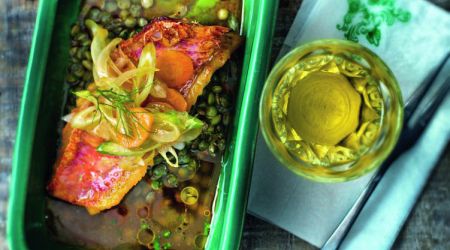
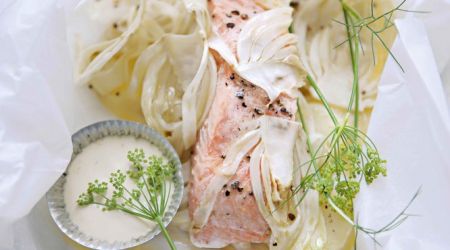

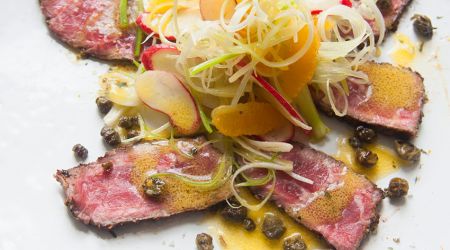


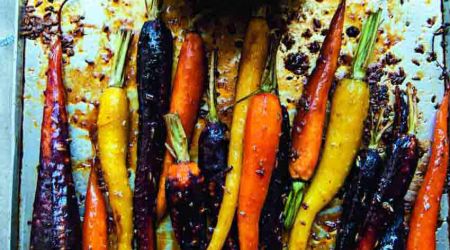
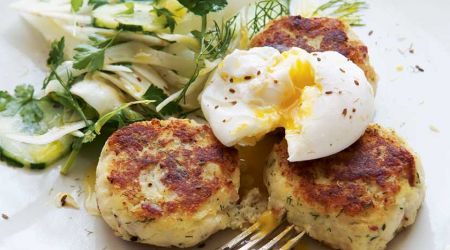

-2_bc3f3685bee9310b32ee8e27b331ee38.jpg)


